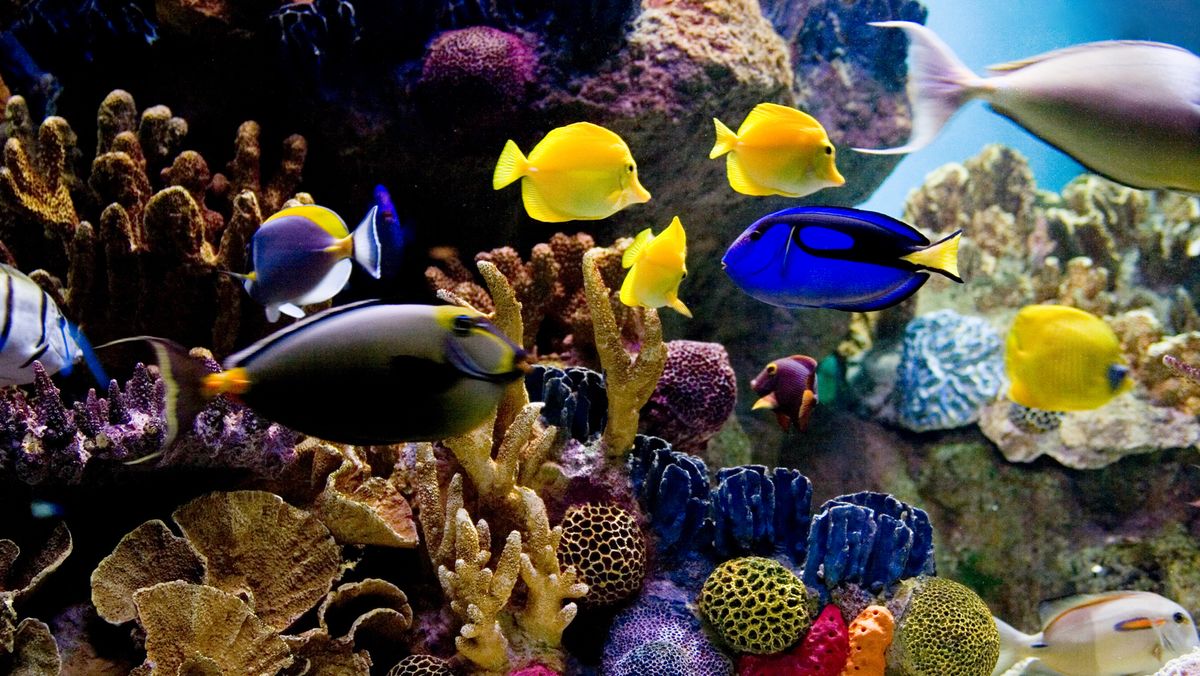Saltwater aquariums that brim with color and life can be a beautiful feature for any home. They require dedication and knowledge in order to thrive.
Water changes are an essential component of a healthy saltwater aquarium. They clean up the waste and replenish minerals such as alkalinity carbonate, calcium and magnesium.
Sterilize any water that you bring in from outside. Also, you’ll need to keep track of key parameters such as ammonia, pH, nitrite and nitrate weekly.
Installation of a Saltwater Aquarium
Saltwater aquariums are a beautiful habitat for marine life, and it can be an enjoyable pastime. But, it’s more costly and time consuming than freshwater tanks and will require more work to maintain properly. Before you start your saltwater reef tank, be sure that you’re willing to devote yourself to your hobby.
Reverse Osmosis System – Ensure you have enough capacity to generate large quantities of water for the aquarium. At least 75 gallons of water per day is sufficient. Also, you will need an TDS Meter (Testing for Dissolved Solids) to check the quality of your water.
Live rock – Obtain an excellent live rock. This can create habitats for corals and other marine life forms in your tank and transform the glass tank to an eco-system. Every live rock has hitchhikers. (Stowaways) These are the fish that can cause death to your entire aquarium with just one hit.
Equipment – Get an adequate sump for your heater, powerheads, and the skimmer. It is helpful to add some holes to the stand so that you can use probes from your aquarium control. Also, keep a journal in which you note your aquarium’s tests, water changes and other important details.
Types of Saltwater Aquariums
Saltwater aquariums can be as fascinating and beautiful as freshwater ones, but they’re more difficult to maintain and begin. The most important thing to keep in mind is that living rock is a must. It creates habitats for corals as well as habitats for the numerous bottom-dwelling marine invertebrates and fish which bury themselves, or even burrow into it, such as Wrasses and Gobies/Blennies as well as Mandarinfishes, Shrimps and Starfish. It can also be home to hitchhikers or stowaways that can destroy the reef with just one hit.

Saltwater Aquarium Maintenance Tips
Aquariums that are saltwater need to be cleaned regularly. A healthy coral tank calls for a regular cleaning schedule. Cleaning the filter sock, or filter block, as well as the glass tank and wiping it clean regularly and every week are essential tasks. These include monitoring the parameters of water, feeding fish, and removing algae from the glass and other equipment. Making use of an aquarium safe glass cleaner such as Tunze Care Panes makes this task much easier and can help reduce the bothersome smudges which often appear on glass tanks that are saltwater.
Each week, a periodic water change is suggested to maintain the correct salinity and eliminate waste materials. This is particularly important in tanks that have a large population or large amounts of specimens that excrete lots of organic material.
The purchase of an RO/DI unit at home is the most effective investment you can make to assist in the execution of your water change every week. You’ll be able to save money by not having to visit the fish store. Prepare the freshwater prior to altering it by adding marine salt to it, airing and heating it to tank temperature. This ensures that you will have the least amount of downtime.
Reef Tank Setup
A marine aquarium can be an attractive and unique feature to any house. An aquarium in the marine area can be an excellent tool for education for adults and children alike to learn about the ocean’s ecosystems and conservation efforts. But a well-run chan be ca canh bang go saltwater aquarium can be more expensive to maintain as compared to a freshwater fish tank. The initial expense of equipment, special lighting, and the need to maintain it to ensure a healthy coral habitat are the primary reasons.
It is vital to select the appropriate equipment when installing your tank for reef use. You should also make sure that the tank fits into the space it is located. If you can, try to stay clear of windows that let the aquarium to be exposed to direct sunlight. The light can harm some corals and can cause them to bleach or become suffocated.
The next thing to do is to select the best filtration system for your needs. You should choose a FOWLR setup (Freshwater Aquarium With Live Rock) because it provides your reef with the best biological filter. Live rock also is the home of a flourishing community of bacteria and other animals, which will keep your water healthy and clean.
Marine Aquarium Equipment
Thermometers are essential instruments for hobbyists of all kinds, but particularly in saltwater aquariums where temperature is essential to have an effective and productive tank. They can help to ensure your heater is at the proper temperature. A basic digital thermometer can be utilized in a variety of ways including monitoring and controlling the temperature of the water, freezing frozen food items, and even the operation of a skimmer.
Biological filtration is an essential component of any reef aquarium setup. Whether you use live rock from different tropical zones or manmade Real-Reef-Rock that supports micro algae for the fish to feed on biological filtration is an essential component for any reef tank. It is often supplemented with mechanical filters or protein skimmers to take out debris before they can be broken down into nitrates and phosphates.
Most importantly, be sure to research your options prior to starting a saltwater aquarium. It’s easy to become overwhelmed by all the different techniques and approaches that are touted as being the most effective method to set up a saltwater tank. Choose one source, and learn from it. Then, as you grow in experience, increase your knowledge.